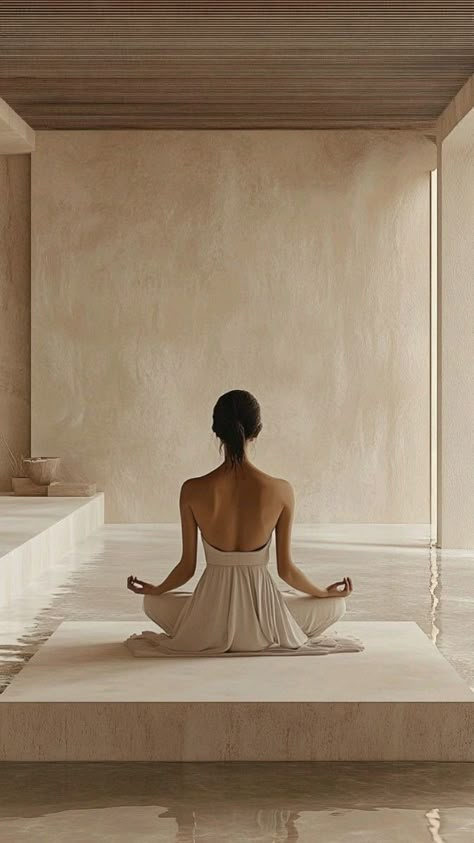
Yoga, an ancient practice that originated in India, transcends the physical postures we often associate with it.
Yoga: Beyond the Asanas
Yoga, an ancient practice that originated in India over 5,000 years ago, transcends the physical postures we often associate with it today. Rooted in the Sanskrit word “yuj,” meaning to unite or join, yoga is a holistic discipline that weaves together body, mind, and spirit. While the flowing sequences and poses may dominate Instagram feeds, the true essence of yoga lies in its ability to guide us inward, fostering a deep sense of balance, clarity, and connection.

The Philosophy Behind Yoga
At its core, yoga is a spiritual practice that seeks to harmonize the individual self with the universal consciousness. The eightfold path of yoga, as outlined by the sage Patanjali in the Yoga Sutras, provides a framework for this journey. These eight limbs extend far beyond the physical practice of asana (postures) to encompass ethical guidelines, breath control, meditation, and self-realization.
The first two limbs, Yama and Niyama, serve as moral compasses for how we interact with the world and ourselves. Principles such as ahimsa (non-violence) and satya (truthfulness) encourage us to live with integrity and kindness. These practices remind us that yoga is not confined to the mat; it’s a way of life that informs our choices and relationships.

The Power of Breath and Mindfulness
Pranayama, or breath control, is another pillar of yoga that highlights its holistic nature. Far from being merely an accessory to physical movement, pranayama teaches us how to harness the breath to influence our mental and emotional states. Techniques like Nadi Shodhana (alternate nostril breathing) and Kapalabhati (cleansing breath) are designed to purify, energize, and calm the mind.
Coupled with mindfulness, these practices become powerful tools for navigating life’s challenges. By focusing on the rhythm of the breath, we cultivate a sense of presence that anchors us in the here and now. In a world driven by constant distractions, this ability to center ourselves is nothing short of transformative.
Yoga as a Path to Self-Discovery
Yoga is often described as a journey inward, a means of uncovering the true self beneath layers of societal conditioning and mental clutter. Meditation, or dhyana, plays a pivotal role in this process. Through regular meditation practice, we learn to quiet the mind, observe our thoughts without judgment, and access a deeper state of awareness.
This introspection is not an escape from reality but a tool for engaging with it more authentically. By understanding our own patterns and reactions, we become better equipped to approach life with clarity and compassion. Whether seated in stillness or flowing through a series of postures, yoga becomes a mirror reflecting our inner state and a guide toward growth.
Modern Interpretations and Timeless Wisdom
While contemporary yoga classes often focus on the physical benefits—strength, flexibility, and stress relief—there is a growing recognition of its deeper dimensions. Retreats, workshops, and teacher training programs are increasingly incorporating elements of philosophy, meditation, and breathwork, bridging the gap between ancient wisdom and modern practice.
Yoga’s universal appeal lies in its adaptability. Whether practiced in a bustling city studio, a serene forest retreat, or the privacy of one’s home, it offers something for everyone. It’s this timeless and inclusive quality that has allowed yoga to evolve while remaining firmly rooted in its origins.

A Practice for the Ages
Yoga’s enduring relevance speaks to its ability to address fundamental human needs—connection, self-awareness, and balance. As we delve deeper into its philosophy and practices, we uncover tools for navigating not only our personal journeys but also the complexities of the modern world. Beyond the asanas and the mats, yoga invites us to live with intention, embrace our humanity, and align with something greater than ourselves.
In the end, yoga is more than a practice; it’s a way of being.


